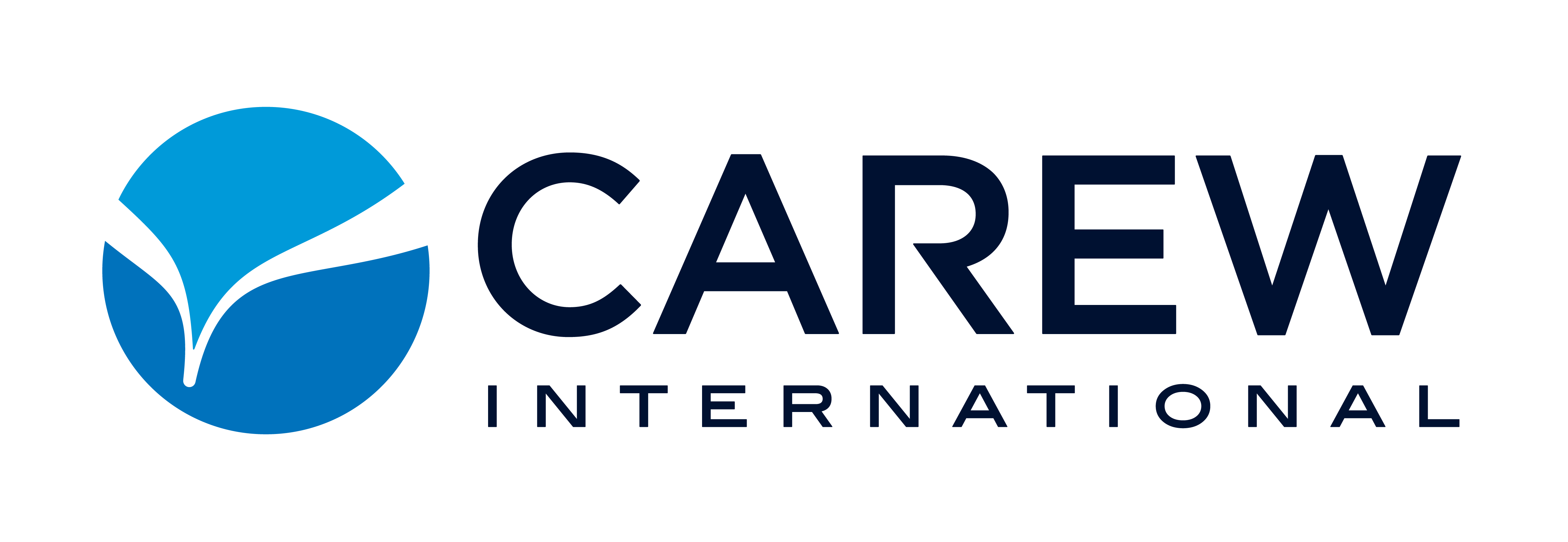“An athlete may run ten thousand miles in order to prepare for one hundred yards. Quantity gives experience.” – Ray Bradbury
As sales professionals depart a training experience, one of the tools they typically take with them is some sort of call planning form. That form is accompanied by the best of intentions to use it in preparing for the sales professional’s next sales call. Of course, we have all seen where the road that is “paved with good intentions” can lead, and it is not a desirable destination.
Perhaps we would engage in sales call planning more often if we paused to understand why it is so valuable to us and to our customers:
1. Planning focuses us on an outcome (Purpose)
2. Planning provides us with rehearsal time (Practice)
3. Planning reinforces our skills and process (Perfection)
4. Planning leads to improved results (Payoff)
Purpose
Focusing on an outcome means we must consider what the purpose of the call might be, both for us and for our customers. That purpose becomes our guide for handling any deviation from the plan and sustains our discipline to remain on track despite interruptions, objections, or unexpected reactions. Considering the limited exposure we have with each other in today’s business environment, being purposeful with time and others is perhaps the most considerate and strategic thing we can do in a business relationship.
Practice
Every skill-based human activity benefits from practice, be it an athletic endeavor or an artistic performance. Practice prepares the mind and the body to function together and to produce consistent, superior results. Practice leads to improvement in skills and provides a greater opportunity within the discipline of process than without it. Sales calls have a smoother and richer quality for sales professionals and customers alike because there is less uncertainty. Additionally, a relaxed yet confident environment allows the sales rep to be more creative.
Perfection
Skill improvement is typically experienced incrementally with small, manageable steps taken toward perfection. Beyond practice, sales call planning with a planning sheet reinforces the skills learned, eventually resulting in those skills becoming good call execution habits, call after call after call. The very act of capturing our strategy and tactics in one place teaches us to put into action the process we have learned.
Payoff
Finally, every bit of data on the subject indicates that planning for anything always leads to better results. As Thomas Edison said, “Good fortune is what happens when opportunity meets with planning.” The payoff to a sales professional is measured in better use of limited and valuable time, improved outcomes/closed deals, and further development of competitive skills. The benefits of planning are inextricably related, increasing the combined value of all.
The greatest “takeaway” from a training experience is not the skills we learn, but the application of those skills. Call planning takes us much farther down that road. Take a moment to reflect on why call planning is so valuable: it outlines the purpose for our calls, gives us time to practice and perfect our skills, and leads to a considerable payoff.
“In preparing for battle I have always found that plans are useless, but planning is indispensable.” – Dwight Eisenhower

